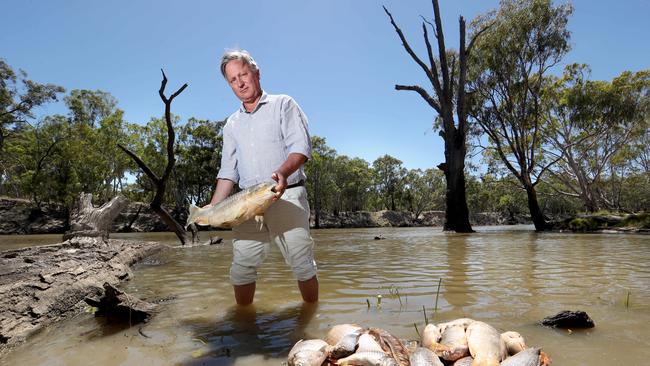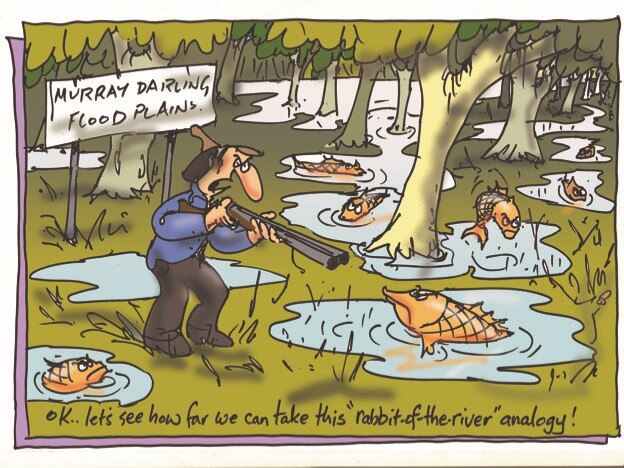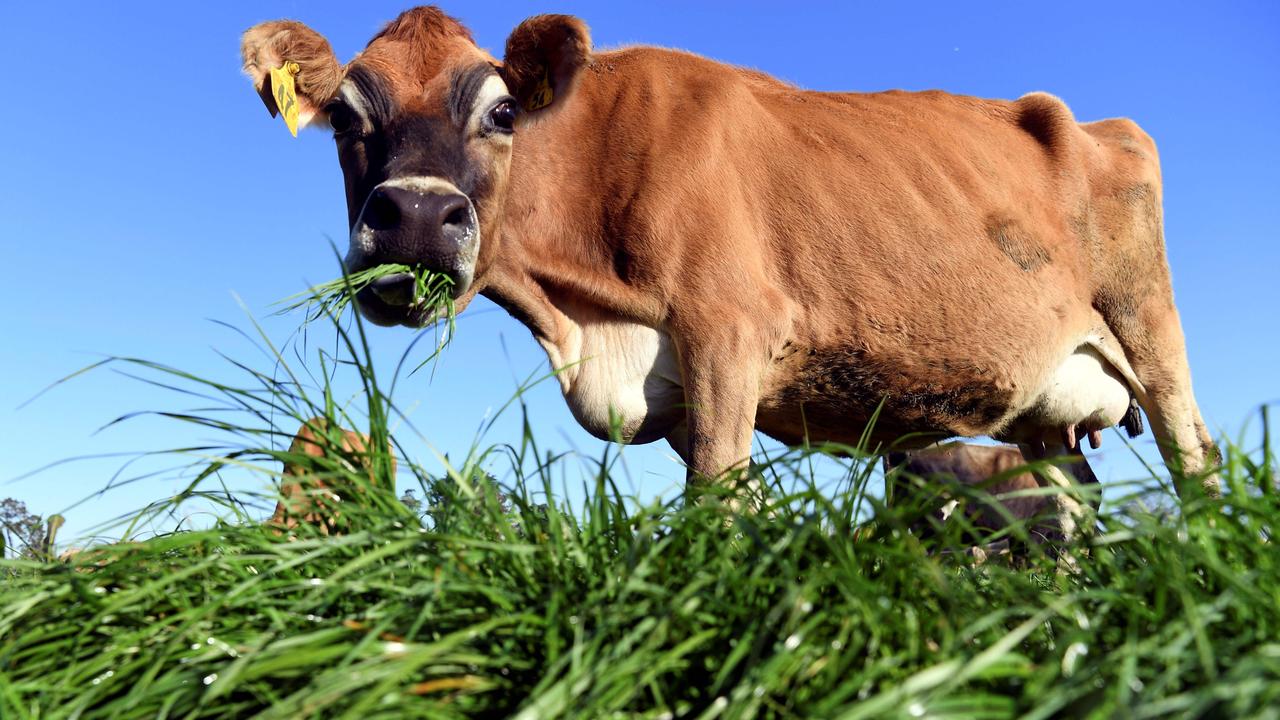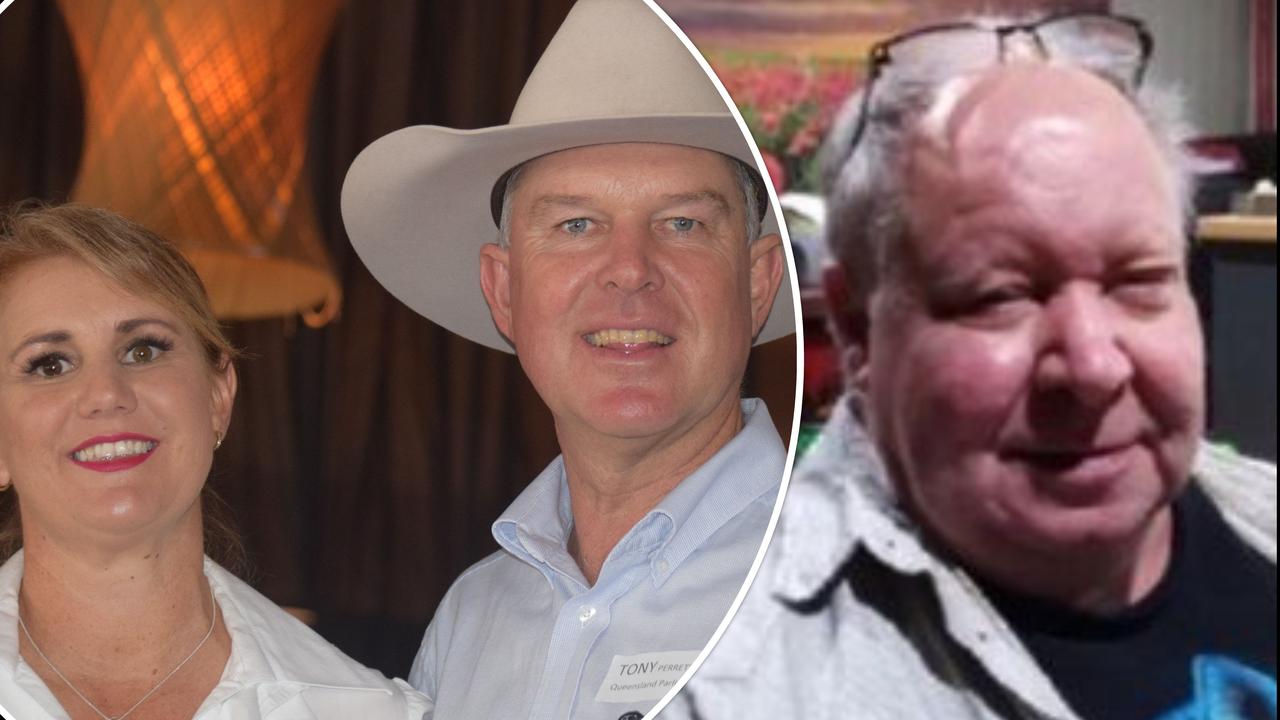Carp numbers in Murray Darling Basin boosted by environmental flows
CARP populations are booming in the wake of artificial environmental river flows.

CARP populations are booming in the wake of artificial environmental river flows.
Floods from man-made flows that spill out on to the Murray Darling Basin’s floodplains are creating hot spots for Australia’s rabbits of the river to produce millions of offspring.
The boost to the invasive pest has thrown another spotlight on to the environmental flows that are already angering many basin irrigation communities struggling for water.
While Murray cod, golden and silver perch breed within river channels, carp gain the upper hand when a surge of water hits floodplains.
Arthur Rylah Institute aquatic ecology section leader Jarod Lyon said the ability of carp to outbreed and outgrow native species meant environmental flow managers must ensure they were not exacerbating the problem by watering floodplains too frequently.
“They become adults (able to spawn) at about three years, so watering too often will play into their life history,” Dr Lyon said.
It’s not the first time fisheries researchers have warned of problems posed by trying to water floodplains without triggering a major carp spawning event.
A 2016 Arthur Rylah report for the Murray Darling Basin Authority found 98 per cent of carp are spawned on floodplains and in lakes, warning “natural flooding and managed artificial inundation of floodplains both expand the area and extent of potential habitat for carp spawning and recruitment, heightening the risk that a carp population will increase”.
“The operation of floodplain regulators may greatly favour carp by increasing the spawning area of shallow lentic (still) water and increasing the frequency of inundation,” the report said.
Insiders say the Commonwealth Environmental Water Holder, which controls environmental flows across the basin, refuses to acknowledge the impact its watering events are having on carp populations.
EDITORIAL: RETHINK NEEDED ON BASIN PLAN
Charlie Carp director Harold Clapham, whose Deniliquin business collects fish from across the basin to turn into fertiliser, said he had never seen so many juvenile carp in the wake of environmental waterings.
“We’re getting thousands and thousands of juveniles,” Mr Clapham said. “We’ve ended up with a carp breeding program from this environmental water onto floodplains, none of which are natural.”
While carp are found throughout the Murray Darling Basin’s rivers, fisheries researchers have found they travel large distances to spawn at hotspots — from the Barmah-Millewa, Gunbower, Koondrook-Perricoota and Chowilla floodplains to the Macquarie marshes, the Lachlan River’s Lake Brewster and Lake Cargelligo as well as the warm still waters of South Australia’s Lower Lakes.

Australia’s National Carp Control Program Co-ordinator Jamie Allnut said these breeding hotspots were ideal for the release the exotic Koi herpes virus, if it gains federal approval.
The virus relies on direct fish-to-fish contact to spread.
“We could use water regulation to create an aggregation, by tricking them into wetlands,” Dr Allnut said.
“We know where the virus is likely to work, but we have to decide on the best options — do we start at the bottom of the system and work our way up or target high biomass areas.”
In the meantime Dr Lyon said water managers must ensure they allowed wetlands to dry out and not flood them too often.
The Arthur Rylah Institute is developing river models to advise the Victorian and Commonwealth Environmental Water Holders on the optimum flows to boost native fish breeding.
Dr Lyon said there was anecdotal evidence drought hit carp harder than native fish.
“Droughts aren’t good for native fish, but they’re probably far worse for carp,” Dr Lyon said.
“In the northern basin they have a lower standing stock of carp, because in very dry years they get high mortality.”


